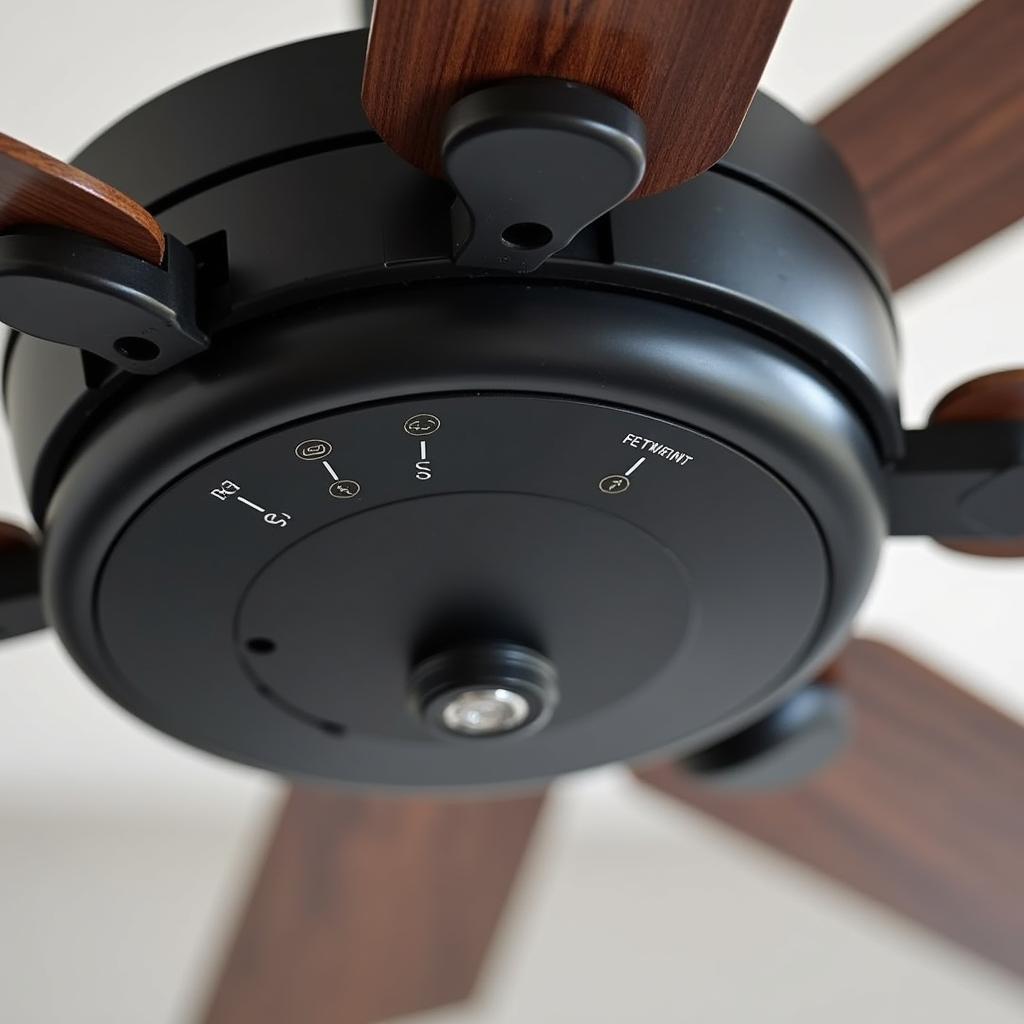A House Fan, often referred to as a whole-house fan, plays a crucial role in enhancing home ventilation and cooling. Unlike ceiling fans that circulate air within a room, house fans are strategically installed in your attic or ceiling to draw cool air from outside and expel warm, stale air from your living spaces. This process creates a comfortable and healthier indoor environment, especially during warmer months.
How Does a House Fan Work?
House fans operate on a simple yet effective principle. By creating negative pressure within your home, they force warm air to rise and exit through attic vents while simultaneously drawing in cooler outside air through open windows and doors. This continuous air exchange effectively cools your home, reduces indoor humidity, and improves overall air quality.
Benefits of Using a House Fan
Investing in a house fan offers numerous benefits, including:
- Energy Efficiency: House fans consume significantly less energy compared to air conditioning systems, leading to reduced energy bills.
- Improved Indoor Air Quality: By expelling stale air and pollutants, house fans promote healthier indoor air, reducing allergens and improving respiratory comfort.
- Enhanced Cooling: House fans efficiently cool your home by drawing in cooler evening air, providing a comfortable temperature for sleep.
- Increased Comfort: The constant airflow generated by house fans creates a pleasant breeze, enhancing comfort levels within your living spaces.
Choosing the Right House Fan
Selecting the appropriate house fan for your home depends on several factors:
- House Size: The size of your home determines the fan’s capacity, measured in cubic feet per minute (CFM).
- Climate: Consider your local climate and the duration of warm weather to choose a fan with adequate cooling power.
- Installation: Ensure proper installation by a qualified professional to maximize efficiency and prevent air leakage.
Tips for Optimal House Fan Usage
- Operate during cooler hours: Maximize cooling efficiency by running your house fan during the evening or early morning when outdoor temperatures are lower.
- Open windows and doors: Ensure sufficient airflow by opening windows and doors on the lower levels of your home.
- Use in conjunction with ceiling fans: Combine house fans with ceiling fans to circulate cool air evenly throughout your living spaces.
- Regular maintenance: Clean your house fan regularly to remove dust and debris, ensuring optimal performance and longevity.
 House Fan Control Panel
House Fan Control Panel
House Fan vs. Air Conditioning
While both house fans and air conditioners contribute to home cooling, they differ in their mechanisms and benefits:
- Cooling Method: House fans utilize natural ventilation, while air conditioners rely on refrigerants to cool the air.
- Energy Consumption: House fans consume significantly less energy than air conditioners, resulting in cost savings.
- Environmental Impact: House fans offer a more eco-friendly cooling solution compared to air conditioners.
Conclusion
Incorporating a house fan into your home’s ventilation system offers a cost-effective, energy-efficient, and environmentally friendly approach to enhancing indoor comfort and air quality. By understanding the principles of operation, benefits, and optimal usage, you can harness the power of natural ventilation to create a healthier and more comfortable living environment for you and your family.
For personalized assistance with house fan selection, installation, or maintenance, contact us at Phone Number: 0903426737, Email: fansbongda@gmail.com, or visit our address: Lot 9, Area 6, Gieng Day Ward, Ha Long City, Quang Ninh, Vietnam. Our dedicated customer support team is available 24/7 to address your queries and provide expert guidance.


